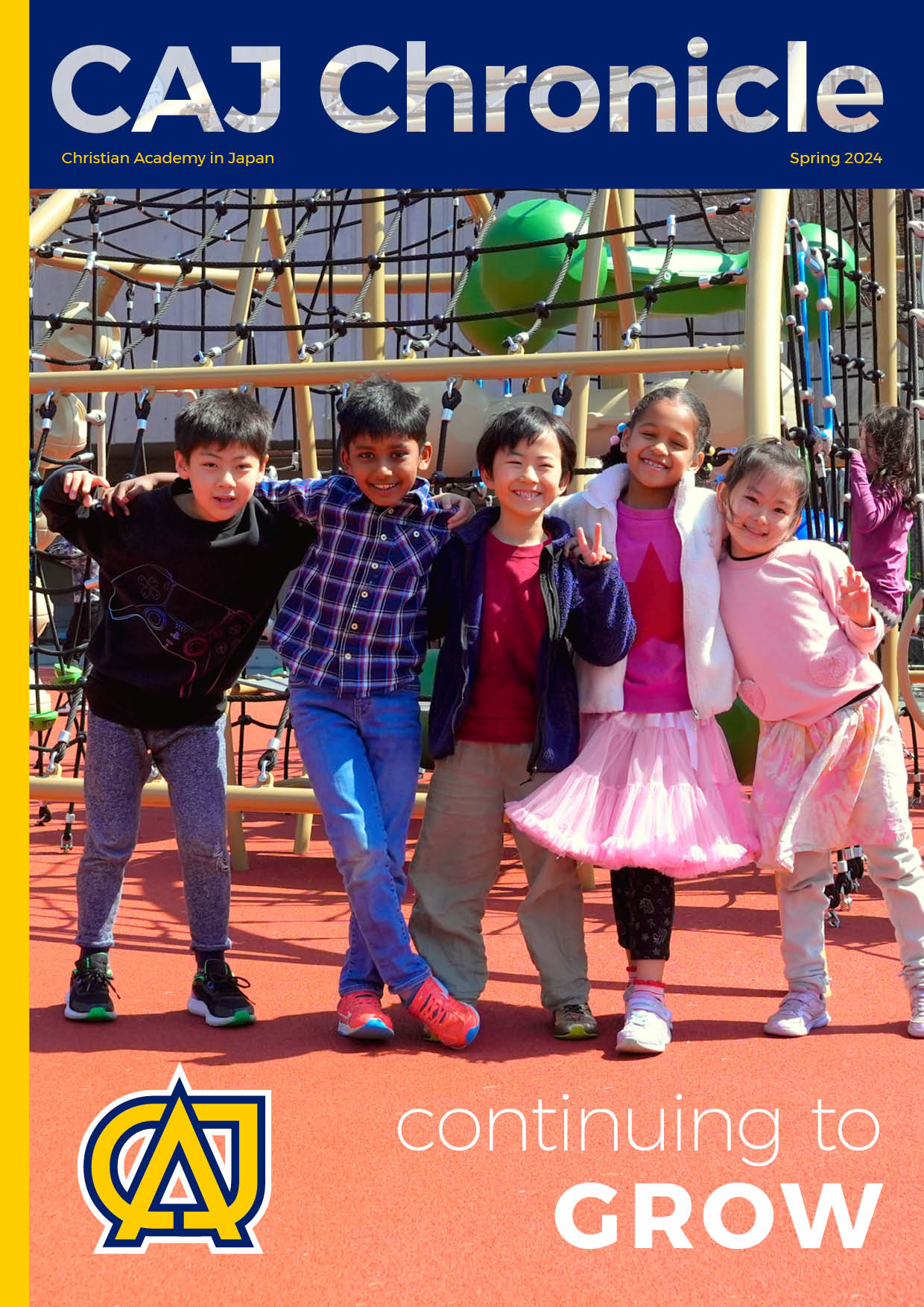Crisis Followup
From Brian Vander Haak, CAJ Headmaster in 2011:
The following resources are for the use of parents, staff and students as they cope with the crisis in Japan following the devastating earthquake, tsunami, and nuclear accident. Early on I also offered this advice:
Each student will react differently to what happened on Friday, what they are seeing on the news and hearing adults talk about, and what they will experience in the coming days. We were working at a school just outside of Washington DC on 9/11 (September 11, 2001 terrorist attacks) with numerous families working downtown (and even some in the Pentagon though they were spared that day - the Pentagon in Washington DC was also hit by a plane though history seems intent on remembering only the towers in New York). Our own children and our school experienced that day (also the infamous Beltway Sniper attacks) in very personal ways and in close proximity. What we learned from that experience is that every student and family will process this experience differently. Some things we were told at the time and that we found useful as we walked our own children through each difficult situation:
1) Students of all ages (and we adults) can be traumatized by repeatedly watching the same horrific images over and over. Depending on the age and disposition of your child, you may want to consider the impact of constant media coverage in the house and the conversations you are having with others within their hearing.
2) At the same time, completely hiding or overly downplaying the situation from children can create an information gap that allows their imaginations to consider the worst as they try to make sense of your emotional reactions and what is going on around them.
3) Children, even older children, will be carefully watching the adults in their lives and basing their reactions on what they observe.
4) A quick return to normal routines and schedules as appropriate for the situation can be reassuring for many children. At CAJ we are working on appropriate ways to follow up and process this event with the students.
1)全ての年齢の生徒(私たち大人も)は、繰り返される恐しい画像を見ることによって、精神的衝撃を受けます。年齢や子どもの性質にもよりますが、家庭内で、絶え間ない報道や私たち、他の人と会話をしていている中で、子供たちがその話をきくことによって与えられるインパクトを考慮したほうがよろしいかもしれません。
2)同時に、子供からその状況を完全に隠したり軽視することは、情報のキャップを生み、またそれが、子供たちが、大人の感情と世の中になにが起きているのかを理解する中で、最悪の状況を想像させるかもしれません。
3)子供たち、高学年の子供たちでさえも、大人を注意深く見ており、大人の反応を基準にして、自分の反応を決めます。
4)状況に応じて、速やかに通常のルーティンとスケジュールに戻ることが、多くの子供たちに対して安心の要素になります。
Students and families are asking what CAJ will be doing to help those most affected by the devastation. I can assure you that CAJ will be directly involved for years to come. Our recently selected theme for next year is Love in Action - a perfectly timed focus on stewardship and response. We have also started a special fund to help. See details at Donations
Letter to Parents from Guidance Office
Letter to Parents from Guidance office (Japanese) ガイダンスオフィスから保護者の方への手紙
Handling Christianity's Toughest Challenge by Lee Stroble
John Piper's Prayer for Japan
Earth Quake Coping
NASP Disasters
Mr. Sawada, Guidance Counselor
Mrs. Takahashi, Guidance Counselor




